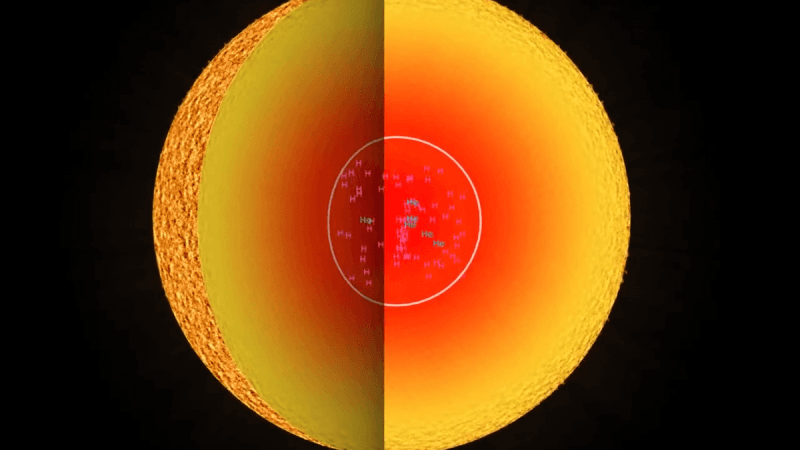A new study has revealed unexpected outcome from nuclear reactions inside stars. It provides solutions to long-standing concerns about the origins and creation of elements.
Michael Famianon, Professor and Chair of the Department of Physics at Western Michigan University, who conducted the research in collaboration with University of Wisconsin, Kyushu University in Japan, and Japan's National Astronomical Observatory, is all set to unfold the findings.
On October 13, Famiano will participate in a live press briefing and present his study during the APS Division of Nuclear Physics' 2021 Fall Meeting.

The research
He investigated the conditions within stars where heavy metals are formed—environments where intense collisions and reactions can generate sufficient heat to generate matter and antimatter.
The extraordinarily strong magnetic fields encountered in space aggravate the high temperatures. For example, the magnetic fields of neutron stars are around a quintillion times greater than the magnetic field of Earth.
"That alters nuclear processes, and it alters them quite dramatically and in quite unanticipated ways," Famiano explains. "And some of the information we're uncovering is rather fascinating, since our findings are somewhat paradoxical."
In his talk, he'll discuss how high magnetic fields associated with X-ray bursts can actually alter the composition of the ashes, and how electron capture rates associated with cooling may significantly decrease as field strength increases, which is the inverse of what was predicted.

Previous studies
Astrophysical Journal Supplement had published a paper on Nuclear Reactions Occurring in Very Hot STARS. The article indicates that the relative abundance of chemical components from carbon to nickel are consistent with the idea that the elements emerge at high temperatures, as in the core of certain stars.
The argument is most clear when discussing the production of elements below sodium when the abundances seem to match the known characteristics of the different nuclei.
Another research revealed a key fusion process involving hydrogen and a rare oxygen isotope has been detected within stars using a novel experimental approach.
Thermonuclear fusion occurs both quietly in older stars and explosively in novae and supernovae. A key fusion process combining hydrogen (H) and a rare oxygen isotope (17O) has now been detected within stars using a novel experimental approach.

















